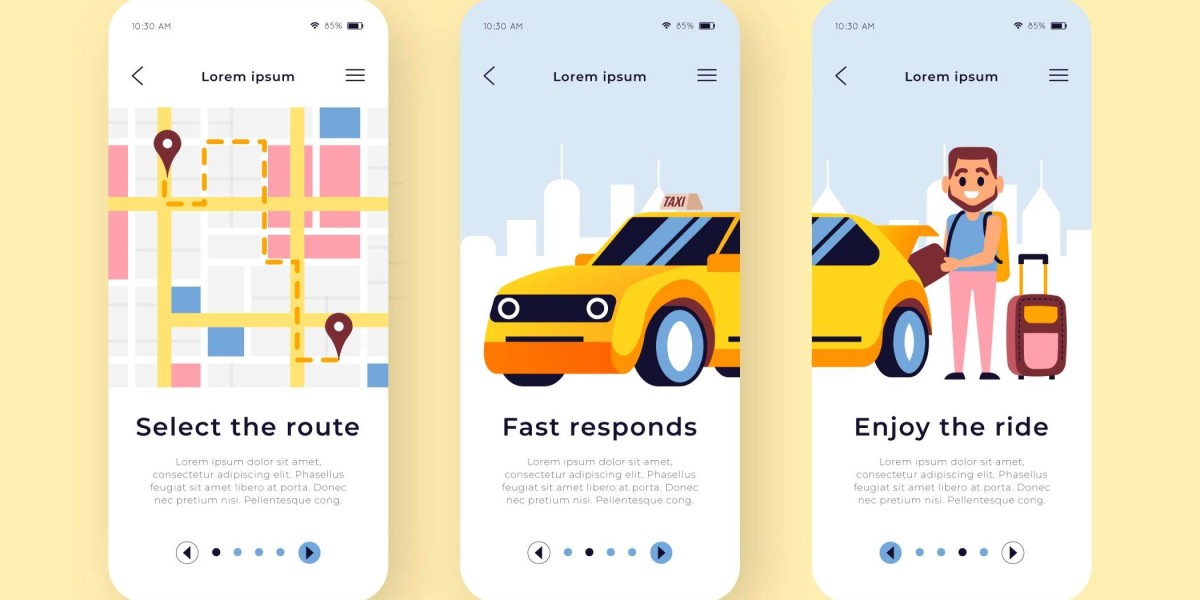Rideshare apps have revolutionized urban transportation, offering convenience and flexibility for millions of users worldwide. However, their impact goes beyond convenience as they play a crucial role in enhancing accessibility for individuals with disabilities. In this article, we will explore how apps like Uber are breaking down barriers and providing inclusive transportation options for people with diverse mobility needs.
Wheelchair-Accessible Vehicles:
One of the most significant advancements in rideshare services is the introduction of wheelchair-accessible vehicles (WAVs). Companies like Uber and Lyft have expanded their fleets to include WAVs, enabling individuals with mobility devices to request rides tailored to their needs. This has significantly increased transportation options for wheelchair users, allowing them to travel with greater independence and freedom.
In-App Accessibility Features:
Rideshare apps have incorporated various accessibility features to cater to users with disabilities. These features include options for requesting assistance, specifying accessibility needs, and providing feedback on the overall experience. Additionally, features like text-to-speech, high-contrast interfaces, and voice commands enhance usability for individuals with visual impairments or other disabilities.
Driver Training and Awareness:
To ensure a positive experience for passengers with disabilities, rideshare companies offer training programs to educate drivers on disability awareness and sensitivity. These programs cover topics such as proper vehicle accessibility features usage, assistance protocols, and effective communication strategies. By fostering understanding and empathy among drivers, rideshare apps promote a more inclusive transportation environment.
Community Engagement and Feedback:
Rideshare companies actively engage with the disability community to gather feedback and insights on their experiences with the platform. This feedback loop helps identify areas for improvement and inform the development of new accessibility features. By involving the community in the decision-making process, rideshare applications can better address the unique needs of users with disabilities.
Legal Compliance:
In addition to voluntary efforts, rideshare companies must comply with legal requirements, such as the Americans with Disabilities Act (ADA). These regulations mandate accessibility standards for public accommodations, including transportation services. Apps like Uber are committed to upholding these standards and continuously improving accessibility features to ensure compliance and inclusivity.
Challenges and Future Opportunities:
While rideshare applications have made significant strides in improving accessibility, challenges still exist. These include issues related to vehicle availability, driver training, and ensuring consistent service quality. However, as technology continues to evolve and awareness grows, there are exciting opportunities to further enhance accessibility through innovations like autonomous vehicles and advanced accessibility features.
Conclusion:
Rideshare apps have become invaluable tools for individuals with disabilities, providing them with newfound independence and mobility. Through wheelchair-accessible vehicles, in-app accessibility features, driver training, community engagement, and legal compliance, these platforms are breaking down barriers and creating more inclusive transportation options. As we look to the future, apps like Uber have the potential to continue advancing accessibility and empowering individuals with disabilities to navigate the world with confidence and dignity.



